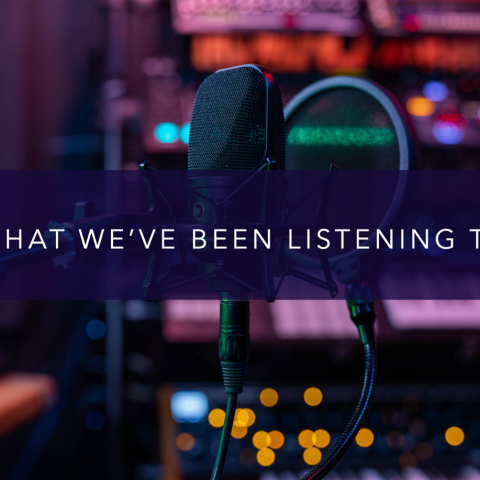Read all about it – addressing gender imbalances and the news

Last week The Stack World, a female members’ network aimed at empowering women in business, launched a newspaper to change the way we see and read the news, and tip it on its head. The concept-led publication reported on the biggest news stories of the day through a female lens, bringing to the fore stories that directly impact women’s lives but that typically don’t make it onto the front pages.
The experiment considered “what stories would be important if written by women?”, “how would headlines be written?” and “what does the media landscape look like when it is shaped by women, for women?”. What emerged was stories usually saved for the back pages, on topics like female safety or how best women can plan for their financial future, appearing more prominently in the news agenda, and a fresh slant of stories being widely covered to emphasise the female perspective, including how the situation in Afghanistan has impacted the lives of Afghani women and growing wealth inequality amidst record GDP lows.
Perhaps unsurprisingly, gender bias within news coverage is nothing new. Sport in particular is a repeat offender, for while it typically appears in almost a quarter of national daily newspapers, there is an overwhelming prevalence of male athletes and teams at the expense of their female equivalents. But research conducted in 2021 took this further and found trends extending to the proportion of men and women quoted depending on the topic of the article they are quoted in. Women are consistently quoted more frequently than men in the topics “Lifestyle”, “Arts and Entertainment”, and “Healthcare”, whereas men are quoted more frequently in articles on “Business”, “Politics”, and “Sports”, inevitably reinforcing traditional stereotypes about men and women’s roles in society.
Addressing how we report the news is key if we are to challenge subconscious biases. But more critically, if we want stories to pique the attention of a particular demographic, how we write and deliver the message needs to reflect this. To truly speak to certain audiences in an engaging way, it requires looking at a story or issue through their perspective, highlighting what is important to them and often turning things on their head.









